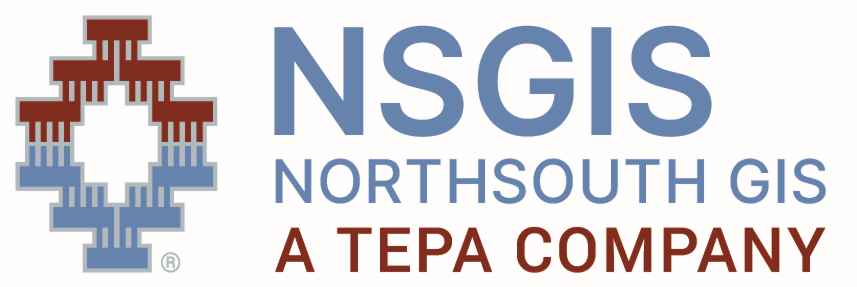The core of any geospatial system – or any other information management system – is the availability of current, trusted, and complete data. Based on our extensive experience with both port and government data, NSGIS has developed the port data model for our port clients, a composite of industry-standard models from Esri and our own port-specific data structures that respond to specific needs, especially for the management of land, leases, and addresses in ports.
By using standardized map layers, tables, naming conventions and data organization, clients can leverage software that has been developed elsewhere with similarly organized data, without undertaking significant alterations to the software. While adherence to such standards is not mandatory, it is efficient and allows clients to focus on collecting and maintaining the data, rather than on figuring out how to organize it.
In addition to design, NSGIS also acquires the services of subcontractors and manages the capture or verification of data in the field, arranges for the conversion of data from paper or scanned documents to digital format, and performs digital mass conversions from certain digital formats such as CAD to other formats such as geodatabases.
We have created procedures, tools and training for enabling our clients to exchange database GIS geodatabases and CAD drawings. We ascertain that our clients’ engineering and environmental contractors start their work with our clients’ authoritative data, and complete their work by providing information back in a format suitable for inclusion back into the enterprise geodatabase. In this way we help create sustainable systems and databases, rather than expensive “snapshots” of data, only trustworthy for the duration of the initial implementation.

 Enesgy
Enesgy 